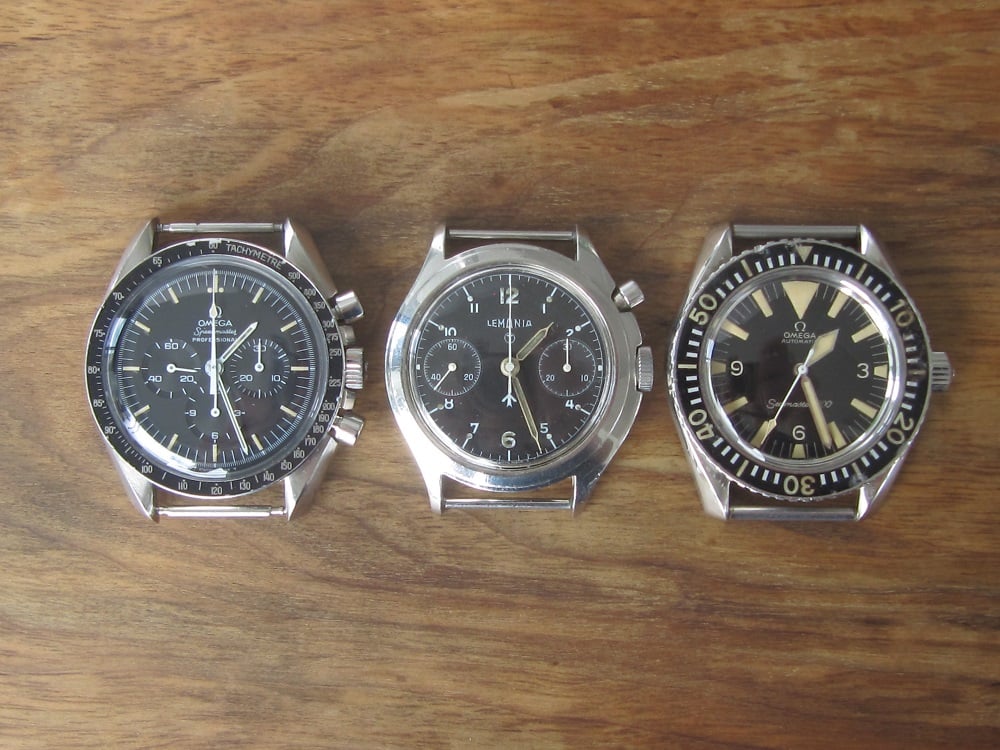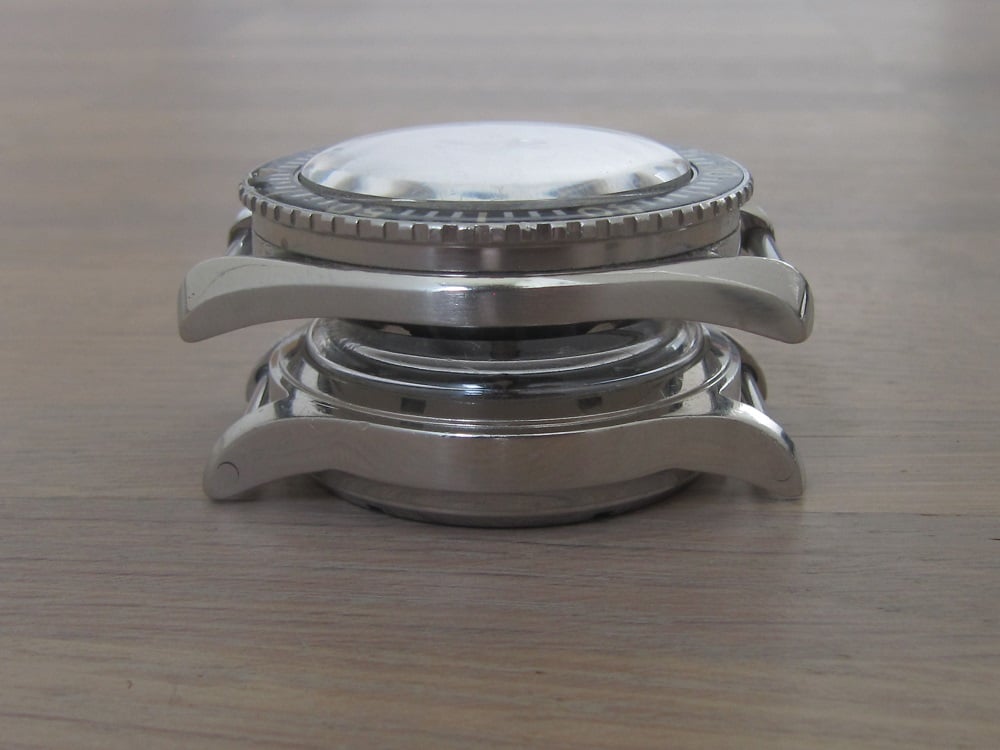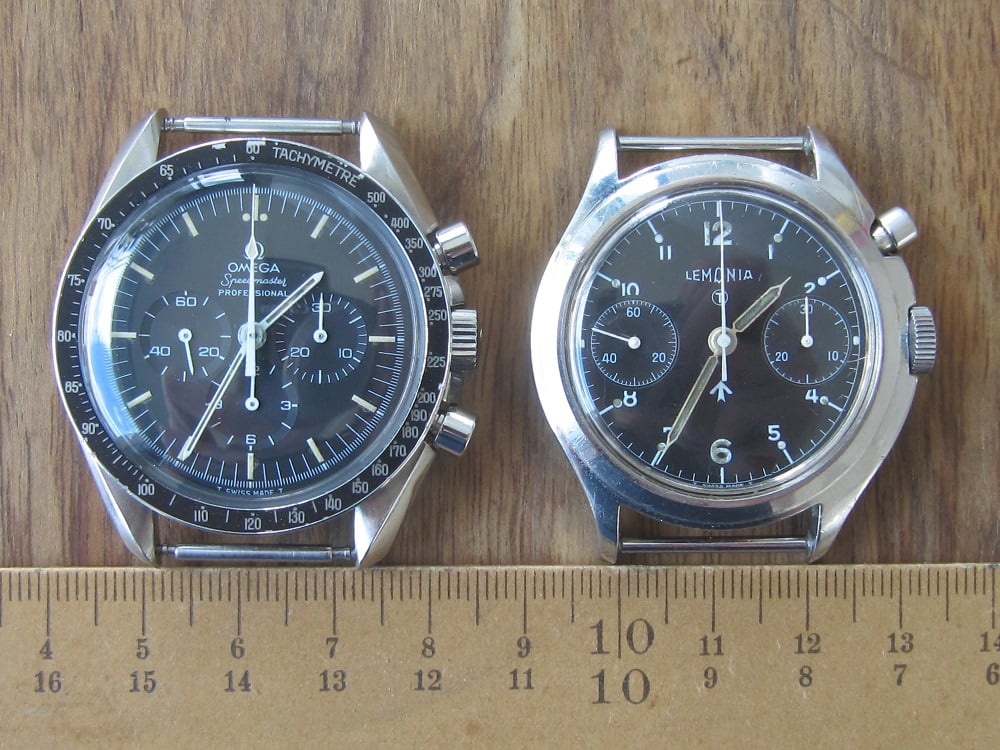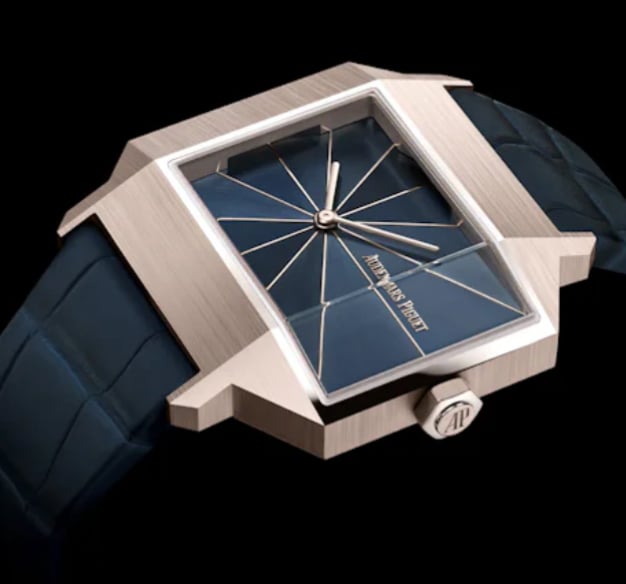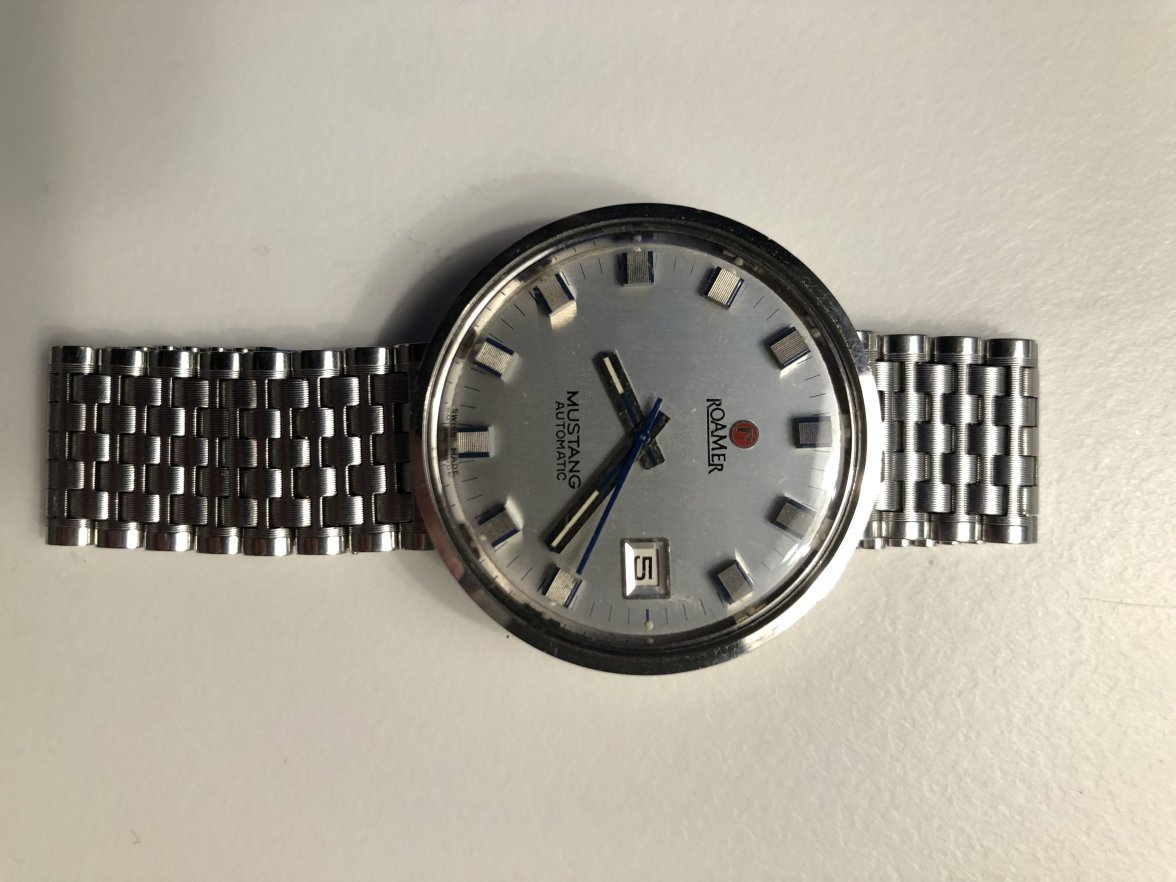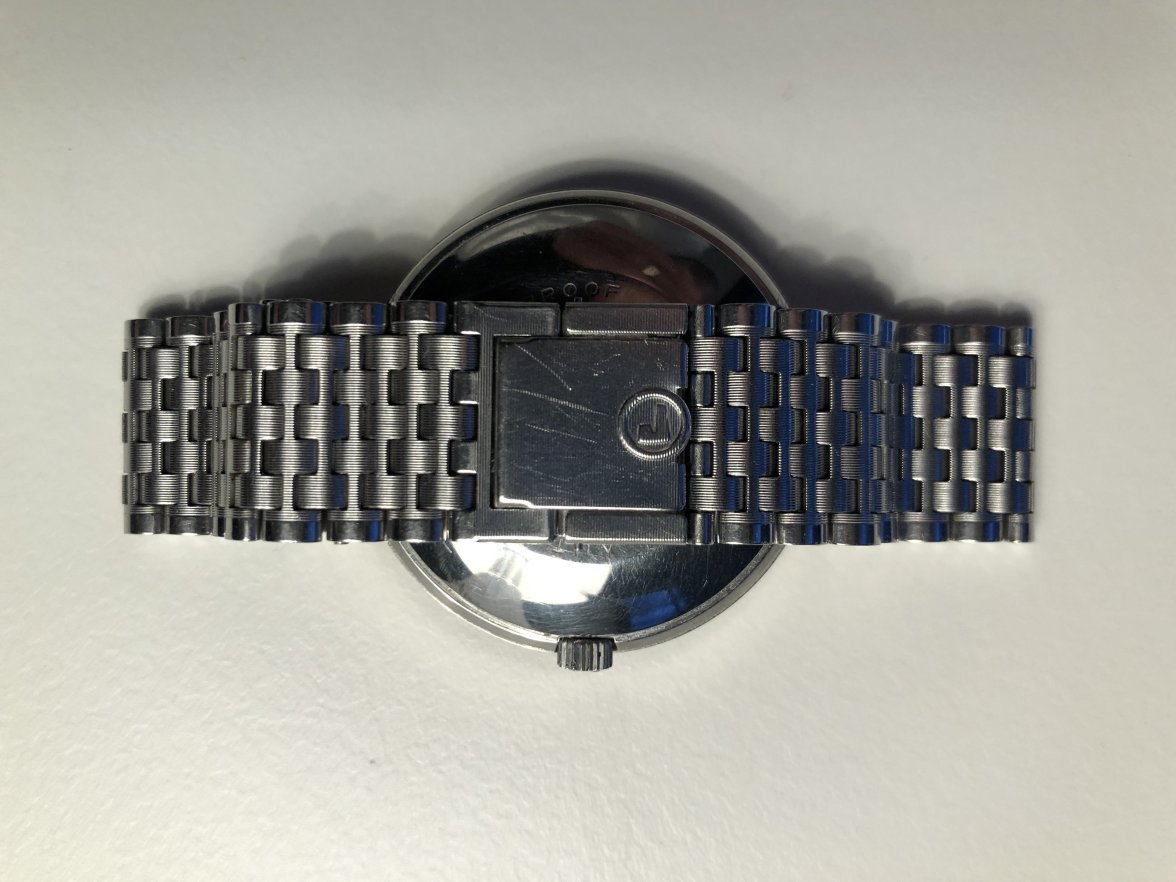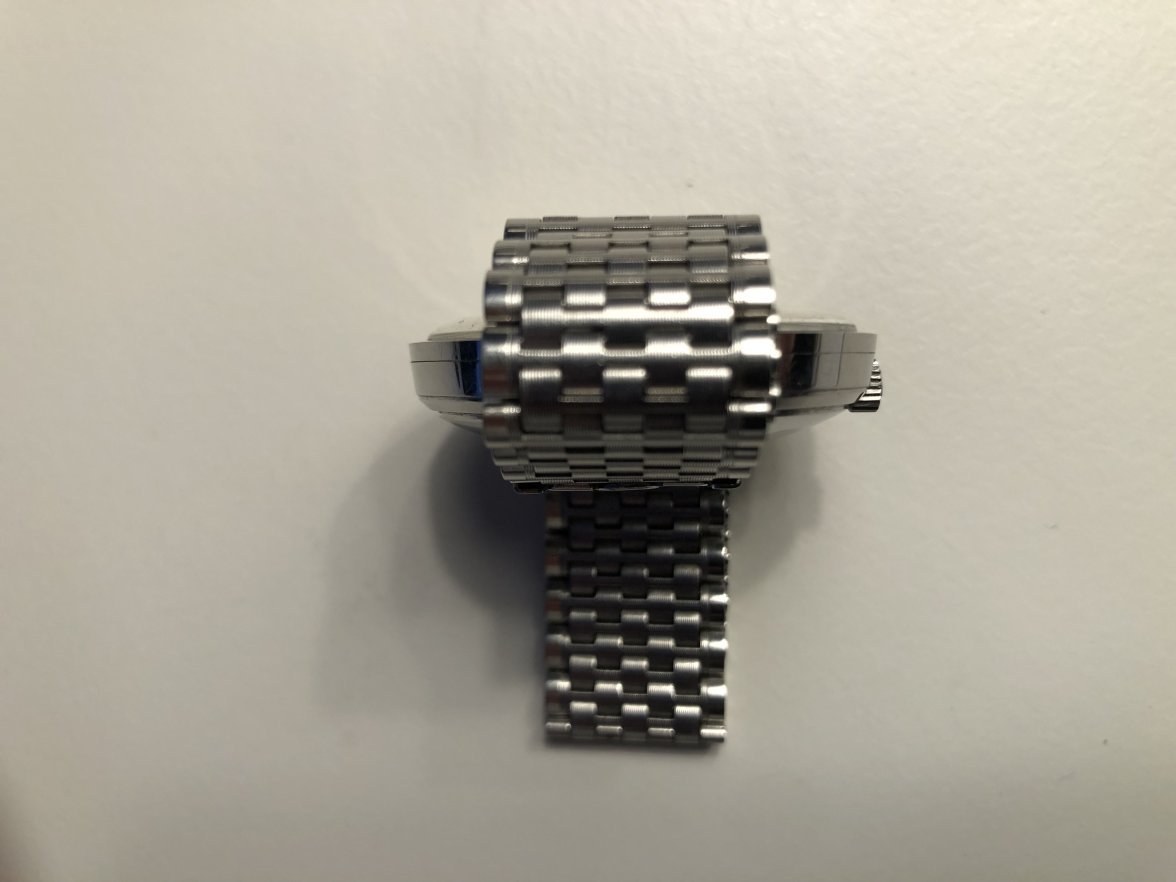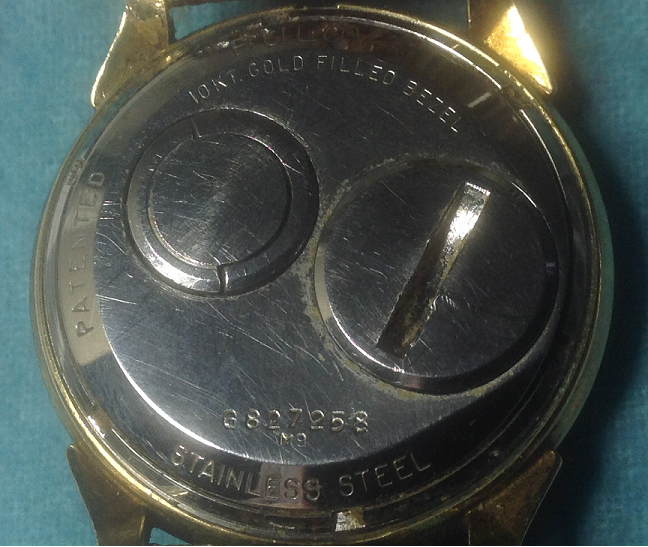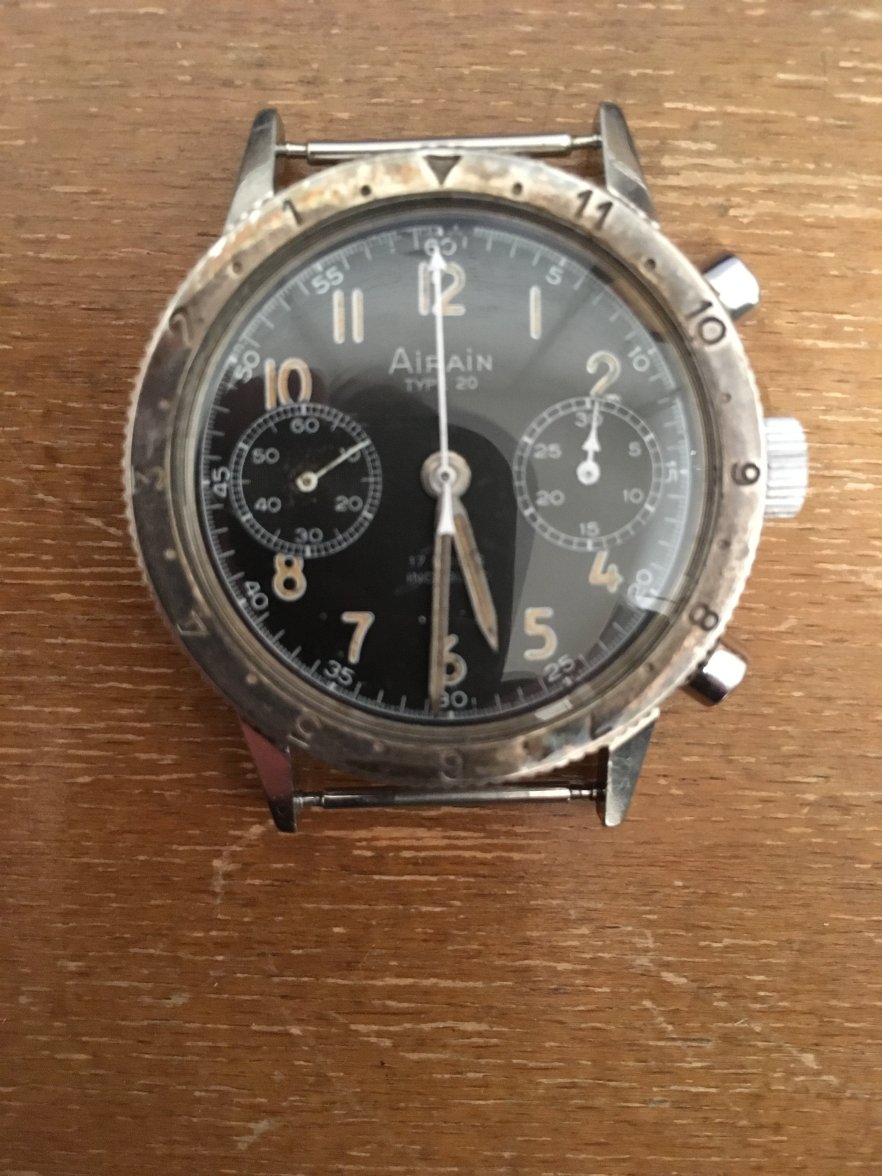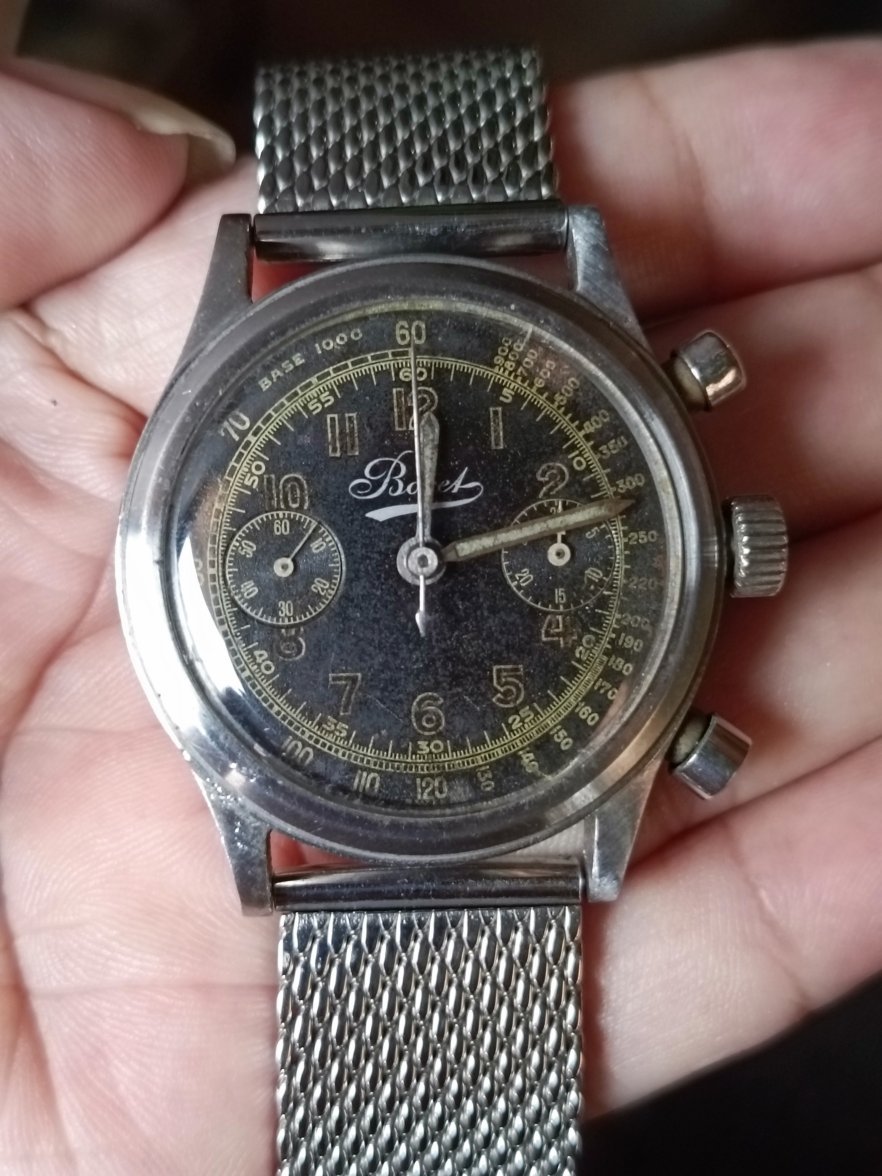Caselock
·Hi all,
we all love the asymmetrical cases on our Omegas as executeded on the Seamaster 300 and Speedmasters since 1963. This design makes sense to protect the crown and pushers and was well advertised since then by Omega. If you take your time and check other tool watches of the time you will find others that were produced earlier: It seems that Lemania introduced the asymmetrical case design with the TG 195 for the swedish army in 1954, 9 years before the beloved Omegas. And a similar case was produced for the British with the Lemania Monopusher since 1956. Both have marked and dated casebacks which identifies the year of procuction. If you look into details: the cases of the Lemania and the Omega vary only in tenths of millimeters of the overall dimensions so it is possible or likely that Lemania gave the impulse and Omega adapted this to their needs: and designed the lyra-lugs. Since 1932 Omega, Tissot and Lemania were under the SSIH group, so it is possible that Lemania not only had a great movement to pass on but also was upfront for the design of the cases of that time.
Just no to forget the other systems to protect the crown:
Panarai created the bridge-guard in 1956 and Rolex introduced the crown guard in 1959.
So it seems that Lemania was first with design of the assymetrical cases. Happy to hear your thoughts and see further pics!
Best, caselock
I don`t own a TG 195 so I share some pics with the Lemania Monopusher for the British:
we all love the asymmetrical cases on our Omegas as executeded on the Seamaster 300 and Speedmasters since 1963. This design makes sense to protect the crown and pushers and was well advertised since then by Omega. If you take your time and check other tool watches of the time you will find others that were produced earlier: It seems that Lemania introduced the asymmetrical case design with the TG 195 for the swedish army in 1954, 9 years before the beloved Omegas. And a similar case was produced for the British with the Lemania Monopusher since 1956. Both have marked and dated casebacks which identifies the year of procuction. If you look into details: the cases of the Lemania and the Omega vary only in tenths of millimeters of the overall dimensions so it is possible or likely that Lemania gave the impulse and Omega adapted this to their needs: and designed the lyra-lugs. Since 1932 Omega, Tissot and Lemania were under the SSIH group, so it is possible that Lemania not only had a great movement to pass on but also was upfront for the design of the cases of that time.
Just no to forget the other systems to protect the crown:
Panarai created the bridge-guard in 1956 and Rolex introduced the crown guard in 1959.
So it seems that Lemania was first with design of the assymetrical cases. Happy to hear your thoughts and see further pics!
Best, caselock
I don`t own a TG 195 so I share some pics with the Lemania Monopusher for the British:
